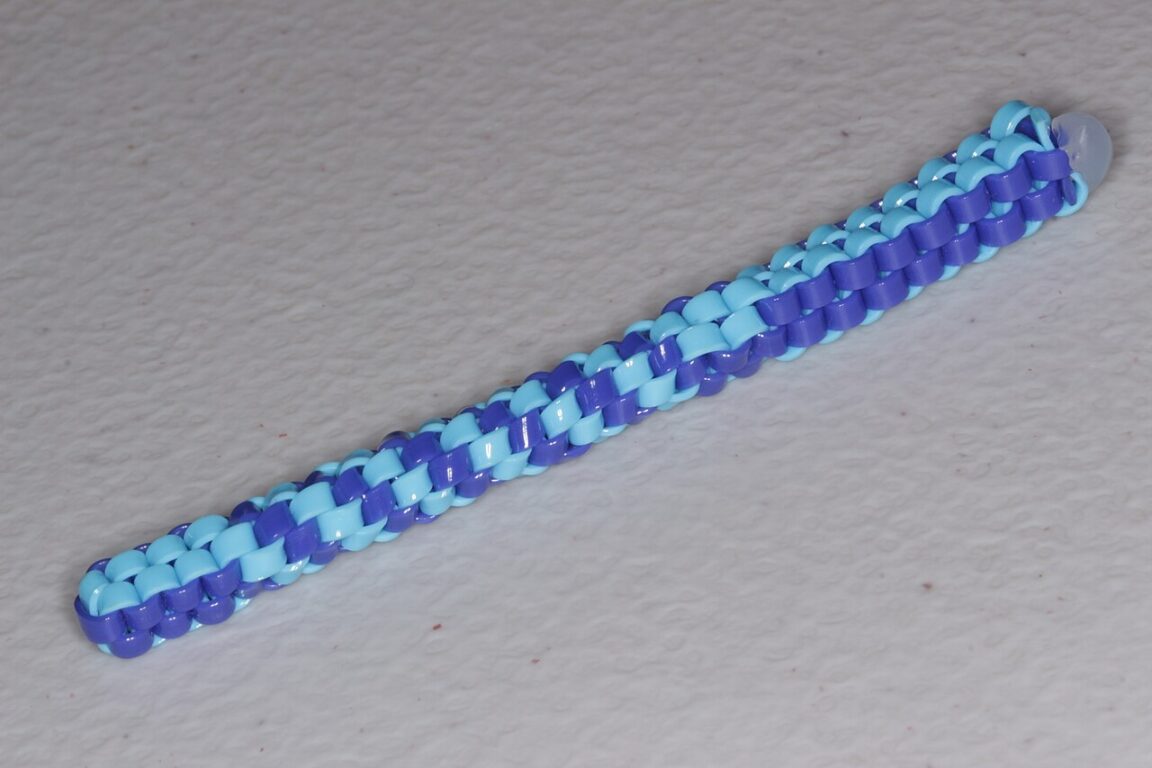Scoubidous, a classic craft involving brightly colored plastic cords, has captured the imagination of crafters for decades. Originating in 1950s France and peaking in popularity in the 1990s and 2000s, this fun and simple craft is known for producing bracelets, keychains, and other decorative items. In this comprehensive guide, we’ll explore the origins, materials, techniques, and creative potential of Scoubidous, offering tips, step-by-step instructions, and inspiration to bring your own creations to life.
What Are Scoubidous?
Definition of Scoubidous
Scoubidous are brightly colored plastic cords used in knotting and weaving projects to create decorative accessories like keychains and bracelets. Often called boondoggle or gimp in English-speaking regions, Scoubidous can be crafted using a variety of knotting techniques to produce intricate designs.
History of Scoubidous
The Origins in France (1950s)
The craft of Scoubidous first gained popularity in France during the 1950s. The name comes from a hit French song, “Scoubidou” by Sacha Distel, released in 1958. Although the song had little to do with the craft itself, the name became associated with this creative hobby.
Story: One of the earliest recorded uses of Scoubidous in France was during a summer camp in the 1950s, where children were taught how to knot these brightly colored cords to make friendship bracelets and keychains. This activity quickly caught on as a popular pastime.
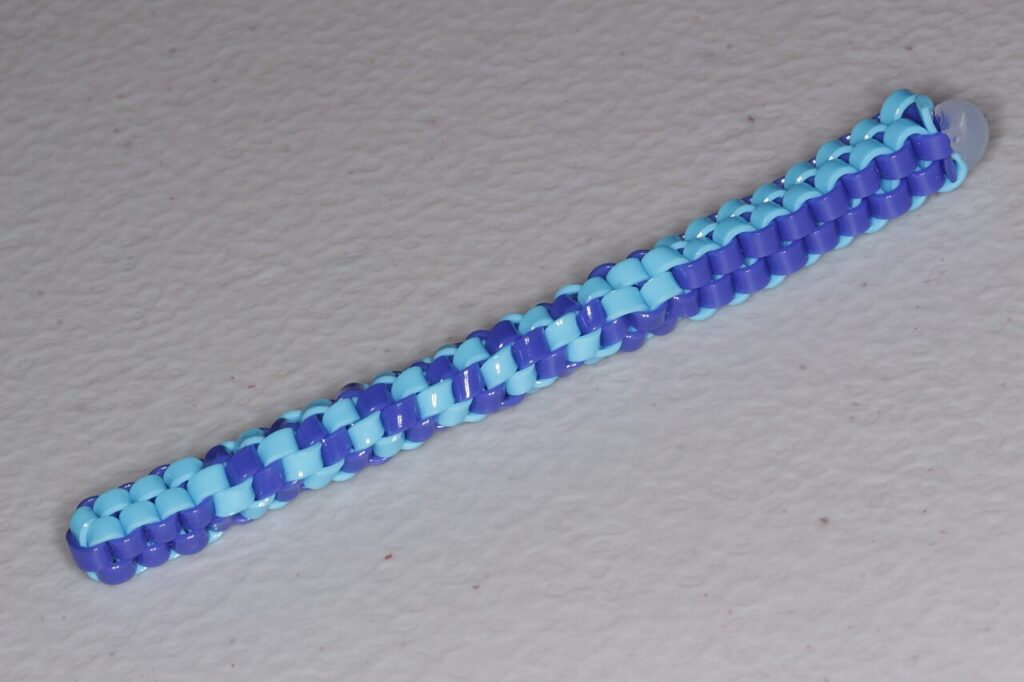
The Global Resurgence (1990s and 2000s)
While Scoubidous faded in and out of fashion in the 1960s and 1970s, they made a major comeback in the 1990s and early 2000s. With the introduction of multicolored plastic cords, children and teenagers started crafting Scoubidous as part of summer camp activities or during school recesses. The craft was especially popular in Europe and the U.S., and many adults today still recall the excitement of exchanging handmade bracelets with friends.
“I remember spending hours at camp making these colorful keychains for my friends. We would sit in a circle, swapping cords and trying out new patterns.” — Emma, recalling her 1998 summer camp experience.
Materials Needed to Make Scoubidous
Essential Tools
To begin crafting Scoubidous, you only need a few simple materials:
- Scoubidou cords: Made from plastic, usually in a wide variety of colors. These can be round or flat.
- Scissors: To cut the cords to your desired length.
- Key rings: If you plan to make keychains.
- Beads and charms: Optional, for added decoration.
- Lighter or candle: Used to seal the ends of the cords after cutting.
Choosing the Right Cords
| Type of Cord | Pros | Cons |
|---|---|---|
| Flat cords | Easy for beginners | Less durable for tight knots |
| Round cords | Ideal for complex patterns | More difficult to handle for beginners |
| Glow-in-the-dark cords | Adds a unique touch | Can be hard to find |
Color Combinations
Using multiple colors in your design can add visual appeal. For a classic look, choose two complementary colors, like blue and yellow. For more elaborate designs, try alternating four or more colors to create dynamic patterns.
Popular Scoubidou Knotting Techniques
1. Square Knot
The square knot is a foundational technique in Scoubidous. It creates a flat, square-shaped braid, perfect for beginners.
How to Tie a Square Knot:
- Take four cords: two of one color, two of another.
- Lay the cords flat and cross them over one another.
- Pull the cords through the loop formed by the cross, then tighten.
2. Box Stitch
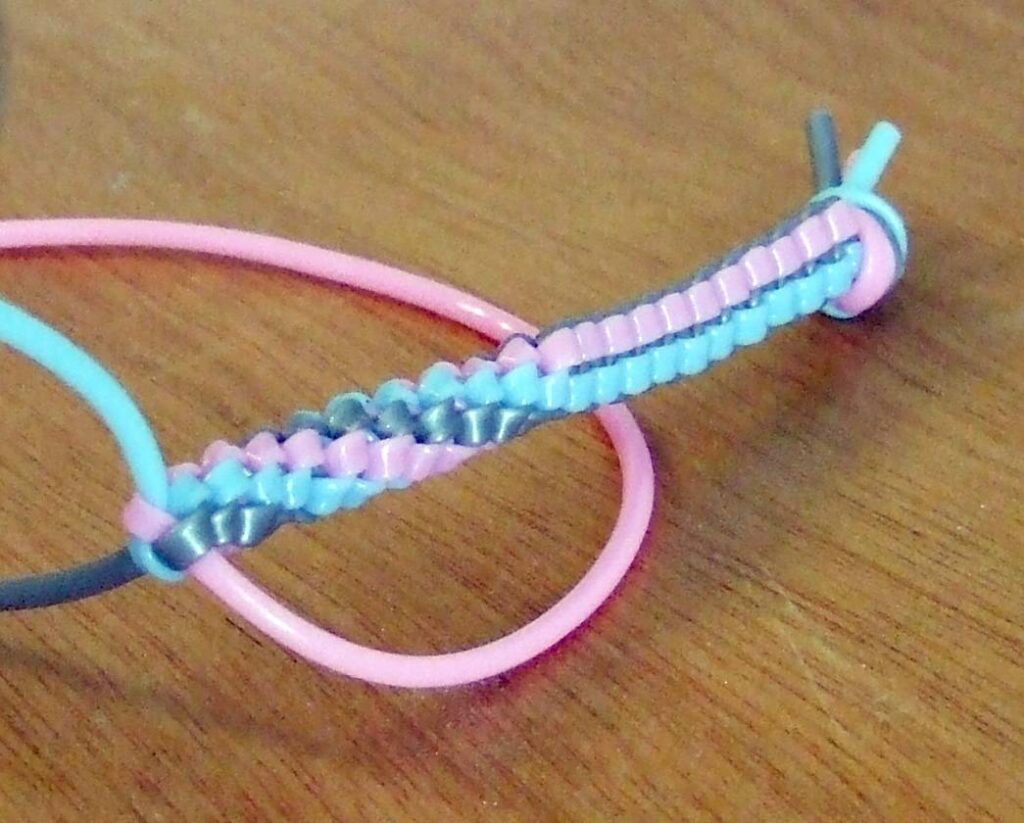
The box stitch is an advanced method used for making a 3D cube shape with the cords. It involves looping the cords in a specific way to form interlocking loops.
3. Spiral Knot
A variation of the square knot, the spiral knot adds a twist to the design, creating a visually appealing spiral effect as you continue knotting.
4. Butterfly Stitch
The butterfly stitch, one of the most complex, results in a delicate butterfly pattern. It requires advanced knotting skills but creates a beautiful design perfect for keychains or jewelry.
How to Make a Scoubidou Bracelet: A Step-by-Step Guide
Materials Needed
- 2–4 Scoubidou cords of different colors
- Scissors
- Keyring (optional)
- Lighter (optional)
Step-by-Step Instructions:
- Cut the Cords: Measure and cut two cords (about 2 feet long each).
- Start with a Basic Knot: Tie a simple knot at the end to secure the cords together.
- Begin the Square Knot: Separate the cords into two colors and begin the weaving process by crossing one set of cords over the other.
- Tighten the Knot: After every loop, pull the cords tight to ensure the pattern holds its shape.
- Repeat: Continue the knotting process, alternating directions for each loop to create a pattern.
- Finish: Once the desired length is reached, tie a final knot, cut off excess cord, and use a lighter to seal the ends.
Creative Scoubidou Projects and Ideas
Scoubidous aren’t just for bracelets and keychains. Here are some additional creative projects to try:
1. Bookmarks
Using a long, flat stitch, you can create a personalized bookmark. Add beads at the ends for a decorative touch.
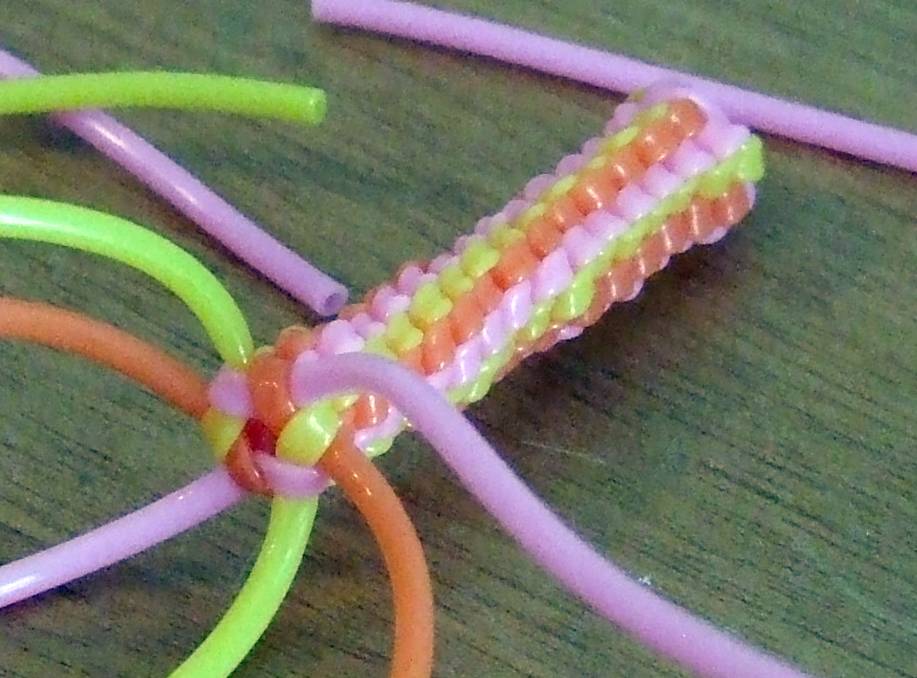
2. Animal Keychains
Advanced crafters can use Scoubidou techniques to form animals like snakes, dogs, or even butterflies. These require more time but result in adorable, handmade accessories.
3. Necklaces
Incorporate beads and pendants into your Scoubidou projects to create colorful and unique necklaces.
4. Zipper Pulls
Attach a short Scoubidou design to your jacket or bag zipper for a fun accessory.
Cultural Significance of Scoubidous
While often viewed as a simple pastime, Scoubidous hold cultural significance in various parts of the world. In France, the craft was more than just a fun activity—it fostered creativity and social interaction. As children worked together to create Scoubidou designs, they formed bonds of friendship and shared moments of artistic collaboration.
In the United States, Scoubidous were a favorite summer camp activity, teaching kids about teamwork and patience while honing their fine motor skills.
Scoubidous in Popular Culture
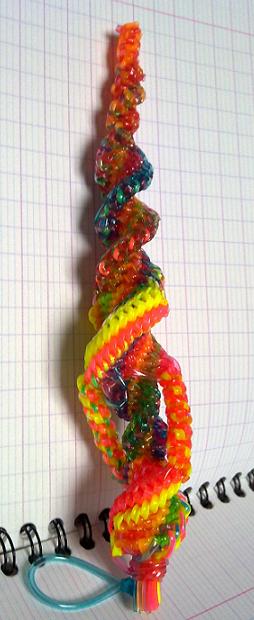
Scoubidous have periodically resurfaced in popular culture, often tied to memories of childhood. In 2024, a Google Doodle celebrated Scoubidous, bringing renewed attention to the craft and sparking nostalgia among those who grew up during the 1990s. The celebration reignited interest in crafting, with social media platforms lighting up with Scoubidou tutorials and DIY projects.
“The resurgence of Scoubidous reminds me of summer days spent making bracelets for friends. It’s a craft that brings people together in such a simple yet joyful way.” — Karen, a lifelong Scoubidou enthusiast.
Common Mistakes and How to Avoid Them
Even experienced crafters can encounter mistakes when making Scoubidous. Here are some common errors and solutions:
| Mistake | Solution |
|---|---|
| Loose knots | Pull cords tighter after each loop. |
| Uneven patterns | Ensure cords are laid flat and aligned. |
| Fraying cord ends | Use a lighter to melt the ends after cutting. |
| Inconsistent length | Measure cords carefully before starting. |
Where to Buy Scoubidou Kits
Ready to get started? Scoubidou kits and supplies can be found at a variety of retailers:
| Store | Available Supplies |
|---|---|
| Amazon | Full kits, including cords, keyrings, and beads |
| Etsy | Handmade kits and rare color options |
| Michaels | Single cords, beads, and accessories |
| Hobby Lobby | Full crafting kits and tools |
Conclusion
Scoubidous are more than just a nostalgic craft; they’re a fun, creative outlet that can be enjoyed by people of all ages. Whether you’re looking to create a simple bracelet or a complex 3D design, Scoubidous offer endless possibilities for self-expression. So grab some cords, try out a new knotting technique, and let your creativity shine!

